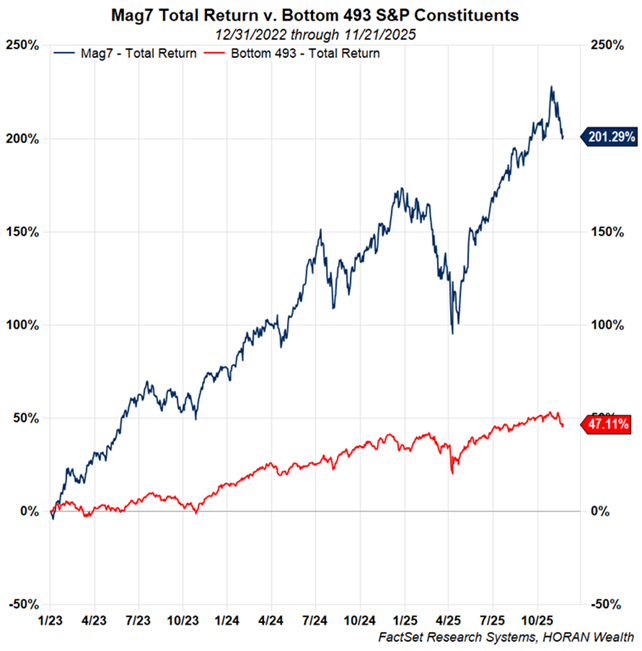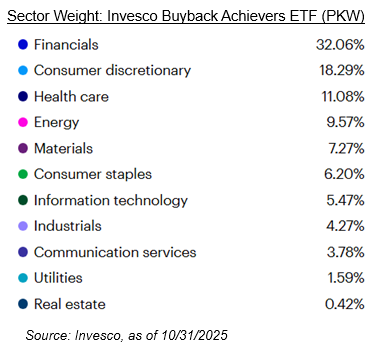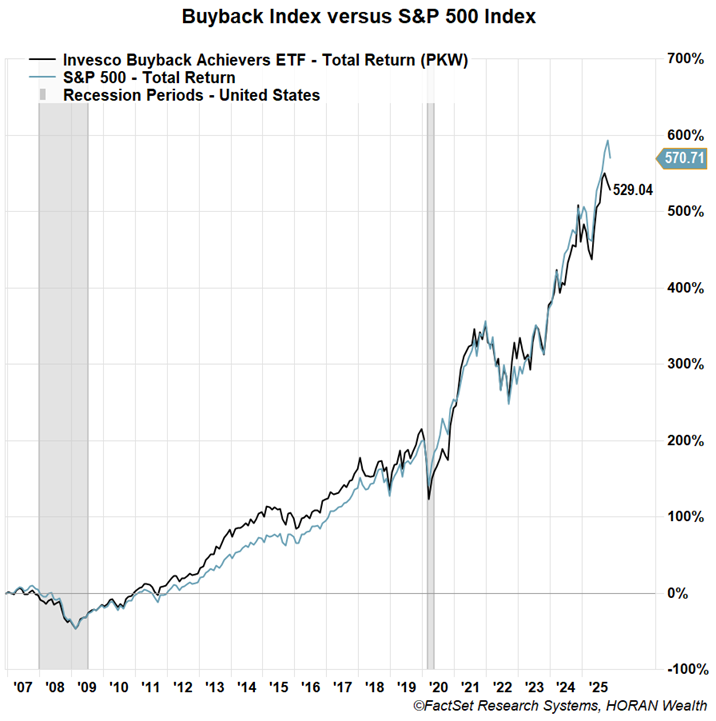Author: David I. Templeton, CFA, Principal and Portfolio Manager
Over the course of the last three years much of the return in the equity market has been generated by the so-called Magnificent 7 stocks. This had led to the S&P 500 Index becoming more concentrated as the Mag 7 stocks are some of the largest stocks in the index. The top 10 stocks now account for 39% of the index weighting where three years ago, the top 10 stocks in the S&P 500 Index represented about 25%. This concentration has not gone unnoticed by index provider S&P Dow Jones Indices. In September of last year they had to make changes to their Select Sector indexes in order to avoid regulatory concentration limits. More on this is addressed in a Morningstar article, What to Know About S&P's September Shakeup.

Not only our firm but many others have discussed ad nauseam about the economic activity driving investors into the Mag 7 stocks, i.e., artificial intelligence. More on the influence of A.I. and the market is found in one of our earlier posts, All the Focus is on A.I. The growth of this industry is benefiting a number of companies, but the large technology companies are contributing the most towards the equity market returns due in part to their large size. For investors, considering some diversification into parts of the market that are not as heavily invested in the A.I. mega cap stocks could provide some benefit if the A.I. trade falters due to over exuberance.
One area of the investment universe that might provide some reasonable diversification is one that focuses on companies that buy back their shares. The investment firm Invesco makes available the BuyBack Achievers ETF (PKW) that focuses on companies that comprise the NASDAQ US BuyBack Achievers Index (INDEX). The PKW ETF states,
"The Fund will normally invest at least 90% of its total assets in common stocks that comprise the Index. The Index is designed to track the performance of companies that meet the requirements to be classified as BuyBack Achievers™. The NASDAQ US BuyBack Achievers Index (PKW) is comprised of US securities issued by corporations that have achieved a net reduction in shares outstanding of 5% or more in the trailing 12 months. The Fund and the Index are reconstituted semi-annually in February and August and rebalanced quarterly in January, April, July and October."
In terms of portfolio structure, the buyback ETF's largest sector weight is Financials (32.1%) followed by Consumer Discretionary (18.3%) and Health Care ((11.1%). The Information Technology weighting is 5.5% compared to the S&P 500 Technology weighting of 36.1%. Interestingly, at the end of 2020, the S&P 500 Index technology weighting was about 23.3% and the PKW Technology weighting equaled approximately 25.7%.

On a longer-term basis there are times when PKW does outperform the S&P 500 Index as can be seen in the below chart. After the financial crisis in 2008/2009, PKW's cumulative return remained ahead of the S&P 500 Index most of the time until the Covid recession in 2020. More recently though, with the focus on A.I. and the mega cap technology stocks, the S&P 500 Index performance has remained ahead of PKW's performance. PKW's underweight in technology is a primary reason for this, but PKW does provide a counterbalance to the A.I. concentration in the S&P 500 Index. For example, in 2022 when the S&P 500 Index was down about -18% PKW was down -10.2% and other years had PKW outperforming the broader S&P 500 Index as well.

In summary, with the heightened focus on A.I. and the related stocks and the push into data center capacity growth and more, creating some diversification in one's investment portfolio would be reasonable. A strategy like PKW, that is underweight the mega cap A.I. stocks, is one way to obtain diversification and still remain invested in the large cap space. Certainly, there are other investment factors or styles one can utilize, with the broader message is to evaluate some diversification strategies. These other strategies provide one the opportunity to insulate a portfolio from a mega cap technology drawdown if or when that occurs.
HORAN Wealth, LLC is an SEC registered investment advisor. The information herein has been obtained from sources believed to be reliable, but we cannot assure its accuracy or completeness. Neither the information nor any opinion expressed constitutes a solicitation for the purchase or sale of any security. Any reference to past performance is not to be implied or construed as a guarantee of future results. Market conditions can vary widely over time and there is always the potential of losing money when investing in securities. HORAN Wealth and its affiliates do not provide tax, legal or accounting advice. This material has been prepared for informational purposes only, and is not intended to provide, and should not be relied on for tax, legal or accounting advice. You should consult your own tax, legal and accounting advisors before engaging in any transaction. For further information about HORAN Wealth, LLC, please see our Client Relationship Summary at adviserinfo.sec.gov/firm/summary/333974.

